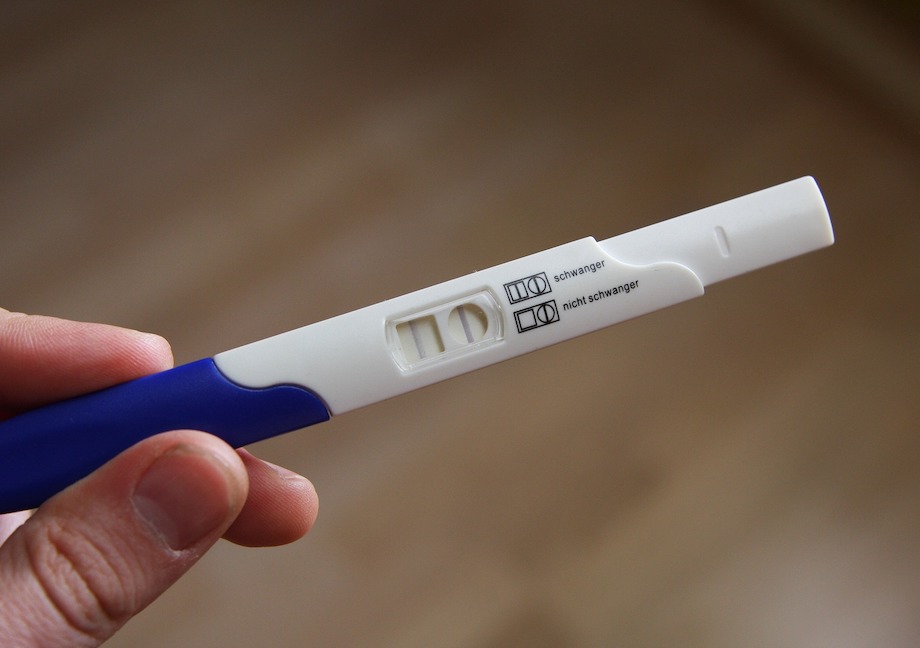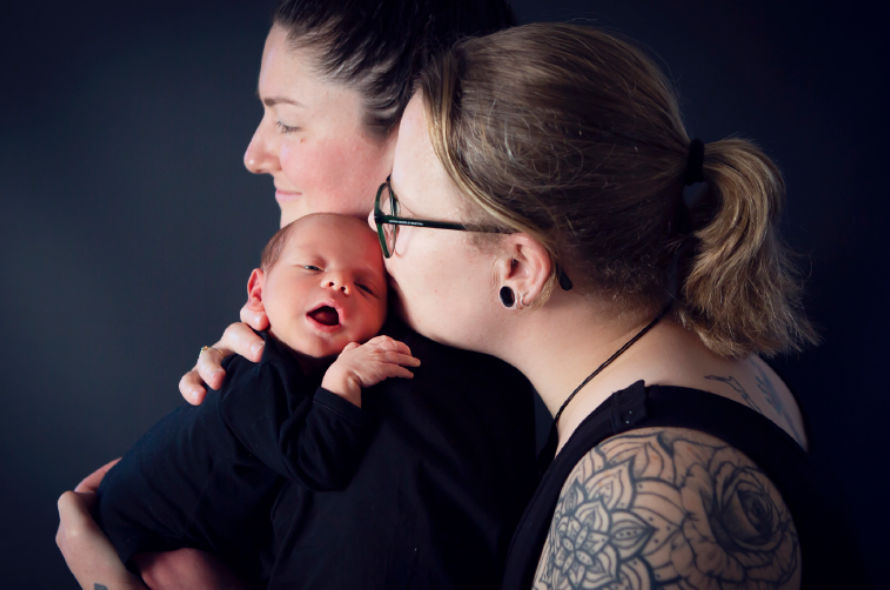
As soon as you begin to suspect that you might be pregnant, you can find out with certainty. Testing is quick and easy and can give you a reliable answer as soon as you have missed a period.
Most women opt for a urine test, which measures rising levels of the hormone human chorionic gonadotrophin (HCG), which is produced by the blastocyst about a week after fertilization has taken place. Your GP, pharmacist or family planning clinic can perform the test for you or you can choose to use a home pregnancy testing kit, available from your local pharmacy. These are accurate and simple to perform and offer the great advantages of speed, privacy and convenience.
The test strip or wand is packaged in a plastic container that looks like a tampon applicator; before you use it check the sell-by date and read the instructions carefully. Most kits advise you to perform the test several days after your first missed period, although it may be positive earlier. The result may be negative if you take the test too early and there is too little HCG in your urine.
Using a pregnancy testing kit
To use a kit all you have to do is sit on the loo and pass some fresh urine over the strip. The concentration of HCG is always highest in your early morning urine but newer kits are sensitive enough to be used later in the day. When the HCG in your urine comes in contact with the test strip it produces a colour change.
At first a blue line or pink circle appears in the test window to confirm that the test kit is working, followed in a matter of minutes by a second blue line or pink circle in the results window if you are pregnant. The kits always provide a second test strip, so it is a good idea to check a borderline positive result with a follow-up test a week or so later.
Sadly, some positive tests become negative later on because the embryo has not been able to implant successfully and will be followed shortly by your menstrual period.
Other ways of testing
In one or two special circumstances, you may be offered a blood test to detect and quantify the exact level of HCG hormone in your body. If, for example, you have been undergoing fertility treatment you may want to know if it has been successful even before your period is expected. Accurate regular measuring of HCG is also needed if an ectopic pregnancy (a pregnancy that develops outside the uterus, usually in the Fallopian tube) is suspected.
Another method of diagnosing a pregnancy is using an ultrasound scan. Scans are not preformed routinely in very early pregnancy, but they can be useful if you are unsure of your dates, have a history of miscarriage or if you have symptoms or signs to suggest that you may have an ectopic pregnancy. Although there is little to see on the scan until about 10 days after your missed period, after this time it is usually possible to see the pregnancy sac in the uterus with a tiny fetal pole (a definite rectangular blob within the sac) and sometimes even a beating fetal heart.





